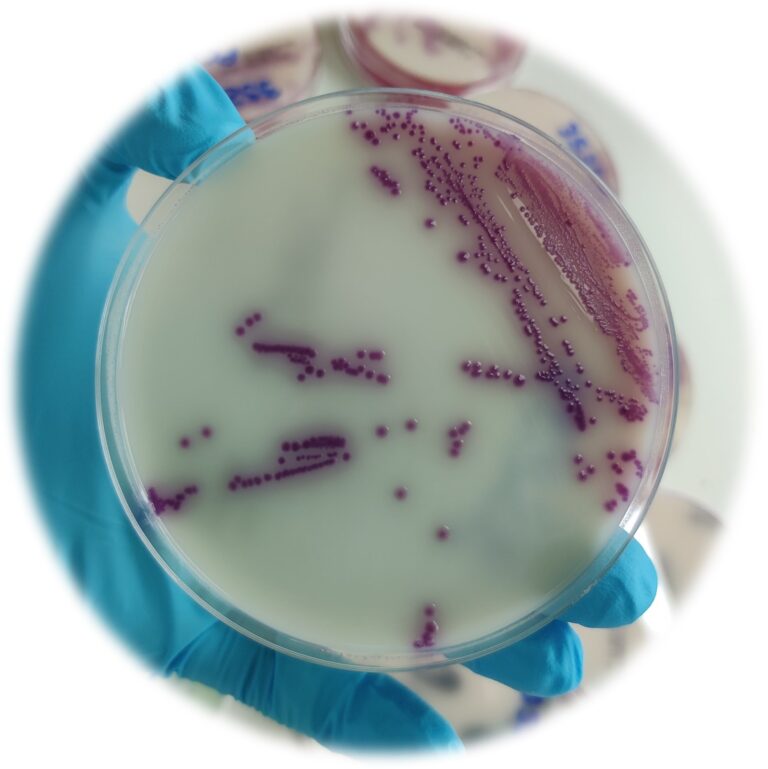Ceva Animal Health has launched a new Salmonella test that provides assurance on how well birds have been vaccinated. The test is able to differentiate the Cevac Salmovac vaccine strain from field strains of Salmonella Enteritidis.
All laying flocks that adhere to the British Lion Code of Practice must be vaccinated against Salmonella Enteritidis and Salmonella Typhimurium during the rearing period. Environmental sampling is carried out to monitor the flocks for Salmonella infection from 22-26 weeks of age and continuing every 15 weeks throughout the laying period. Version 8 of the British Lion Code of Practice states that approved Salmonella testing laboratories must undertake testing to differentiate between field and vaccine strains of Salmonella.
Cevac Salmovac contains a double attenuated Salmonella Enteritidis strain in live freeze-dried form which stimulates active immunisation in chickens, reducing colonisation, persistence, and invasion of the intestinal tract and internal organs by field strains of Salmonella Enteritidis and Salmonella Typhimurium.
It is administered via drinking water and pullets should be vaccinated with one dose from one day of age, a second dose six weeks later and a third dose around 13 weeks of age. Cevac Salmovac is licensed to protect chickens for 63 weeks for Salmonella Enteritidis and 60 weeks for Salmonella Typhimurium following the third administration.
The Cevac Salmovac vaccine strain can occasionally be detected during routine sampling. When this occurs, the accredited laboratory can carry out the differentiation testing whilst also sending the samples to the official confirmatory laboratory for final identification.
The ISO 6579-2107 method describes the culture and identification of Salmonella from field samples after pre-enrichment on buffer peptone media. The bacterium is then cultured on MSRV media and a second media. ASAP is listed as one of the second media permitted by ISO 6579-2107 and significantly improves and speeds up the differentiation between vaccine and field strains, providing early reassurance to the producer that the official confirmation will identify the vaccine strain.
“Several tests are available to differentiate Cevac Salmovac from Salmonella field strains, however using ASAP as a second medium significantly improves and speeds up the differentiation process, ensuring that laboratories can quickly and efficiently detect the presence of the Cevac Salmovac strain,” said Pippa Abbey, poultry national veterinary services manager at Ceva Animal Health. “The ASAP media is also a useful tool for monitoring Cevac Salmovac drinking water vaccination and helps with vaccination auditing.”


